Is the crackle on Tenmoku a flaw? Are Tenmoku with air bubbles not suitable for use?
Why are more and more people still using Tenmoku to drink tea despite its many issues?
Tenmoku faces many challenges, but the owner of the tea house also has something to say: "How many of these rumors do you, my friends who love Tenmoku, truly believe?"
Compared to the delicate and translucent white porcelain and celadon, Tenmoku, with its simple and rustic style, has a bold and steady appearance, as well as an antique beauty, as it comes from the black porcelain tradition. However, when people see the metallic feeling on the glaze of the oil droplet teapot, their first impression is whether it contains toxic substances or exceeds the standard for heavy metals. Tenmoku has been used as a tea ware for 800 years, and since it directly comes into contact with things that are ingested into the mouth, its safety must be taken seriously.
Rumors such as "toxicity" must be clarified, and the key point of whether Tenmoku is toxic or not lies in whether it contains heavy metals or not.
First of all, the owner of the tea house would like to give a science lesson. Jianyang District has abundant porcelain clay and mineral resources required for firing Tenmoku, and after years of development, the firing techniques of Tenmoku in Jian Kiln have become quite mature, making it unnecessary to use chemical glaze for firing.
The glaze minerals used for firing Tenmoku are mainly quartz, with some feldspar, high iron content, and a small amount of clay. The mined glaze is washed and appears in red and purple colors. It belongs to the iron-calcium crystal glaze. In the reducing flame at over 1300 degrees Celsius, the glaze layer flows, and due to the firing conditions and atmosphere in the kiln, the iron is dragged into various shapes and forms small crystals of hematite after cooling, creating patterns such as rabbit fur and oil droplets on the black glaze surface. These glaze patterns are different from hand-painted or carved decorations. They are natural works of art created by nature and have a unique artistic charm that is difficult to predict and control. In the ceramics industry, they are called "kiln change".
A true Tenmoku must be made of clay and original glaze minerals from the Shuiji area of Jianyang, and fired at high temperatures (generally between 1280℃-1350℃). At such high temperatures, harmful substances are oxidized and decomposed, making Tenmoku more stable and safer than medium-temperature porcelain and low-temperature porcelain. The patterns on Tenmoku are naturally formed and do not use any artificially synthesized color glazes, nor are they hand-painted or double-glazed and fired. So far, the Tenmoku Association and relevant departments have tested more than 80 batches of Tenmoku samples, and no safety issues have been found.
Many people are concerned about whether Tenmoku exceeds the standard for heavy metals, but this problem can be easily solved by thinking about it from a different perspective.
- The ceramic raw materials and firing methods of Tenmoku.
Firstly, our ancestors have lived on this land for generations, drinking water from the mountains and eating food grown on this land. If there were heavy metals present, they would have accumulated and passed down through the generations, and the current thriving state of the land would not exist today.
Secondly, in September 1979, a joint research group consisting of the Central Academy of Arts and Crafts, the Fujian Provincial Science and Technology Commission, the Fujian Provincial Light Industry Institute, and Jianyang Ceramic Factory conducted experiments on Tenmoku. In March 1981, the samples of Tenmoku they produced were publicly announced. If there were any issues with our raw materials, the government would have stopped the experiment and announced that the project could not continue.
Thirdly, our current formula is based on the research of scientific personnel, with continuous attempts, communication, and summarization to find that narrow space for change and the most suitable balance point among various factors such as clay, fire, and time. This is a symbol of human civilization and wisdom, as well as an inevitable trend for any object to develop.
Due to the high firing temperature, the physical and chemical properties of Tenmoku are stable. To fire a Tenmoku in the kiln, a high temperature of 1200-1300℃ is required. At such high temperatures, some heat-sensitive impurities will also be decomposed. During the firing process, no other materials are added, as it may affect the firing of Tenmoku. The glaze of Tenmoku forms a vitreous glaze surface during the high-temperature process, which is what we commonly call vitrification. The entire process is only high temperature, and there is no possibility of toxicity.
Fourthly, when we go to select the finest kiln products at the masters' workshops, we can see that they use the Tenmoku they fired themselves when drinking tea, entertaining guests, and chatting over tea. If there were any so-called chemical glazes, the masters themselves would probably be the least likely to use them and know better.
- The safety and non-toxicity of the materials (clay and glaze) used for Tenmoku.
The glaze minerals used for Tenmoku are mainly quartz, with some feldspar, high iron content, and a small amount of clay. The mined glaze is washed and appears in red and purple colors, belonging to the iron-calcium crystal glaze. The chemical composition and mineral composition of the body have an impact on the glaze surface patterns.Firstly, the glaze base, which is the foundation and the component that gives Tenmoku its vitreous texture, is mostly made of materials such as quartz (silicon dioxide).
Secondly, the colorant, which is also a mineral, is the most important coloring agent in the glaze of Tenmoku and the main factor that creates its patterns. For example, copper oxide produces green, and cobalt oxide produces blue. The colorant used in Tenmoku is mainly iron oxide.
Thirdly, the flux, such as plant ash, whose main component is the ash left over from burning firewood in rural stoves.
These simplest and most basic materials, along with pine oil and firewood added during the firing process, can be fired into the beautiful Tenmoku crystal glaze.
- Is cracking in Tenmoku a defect?
The cracking, or "crackle," in Tenmoku is not a defect or damage and does not affect the appearance. In fact, it can even add to the beauty. The crackle is a naturally occurring phenomenon on the glaze surface of ceramics, which is a type of incomplete cracking.
Firstly, crackle is a natural cracking phenomenon on the glaze surface of ceramics. There are two reasons for cracking: firstly, during the forming process, the clay extends in a certain direction, affecting the arrangement of molecules; secondly, the expansion coefficients of the body and glaze are different, and the glaze layer has a higher shrinkage rate during cooling after firing.
The shrinkage rate of Tenmoku should be around 20%, which is due to the different shrinkage and expansion rates of the body and glaze. The body is made of high-iron clay, while the glaze is an iron-calcium crystal glaze. The basic cause of crackle in Tenmoku is greater than that in modern white porcelain. Cracking in ceramics is a long process, and although most of the cracking occurs during the forming stage, the speed of cracking slows down significantly after that, and can even last up to 10 years. Therefore, it is normal for newly purchased ceramics to have crackle.
Thirdly, the glaze surface of Tenmoku is a crystalline glaze, and the vitrified surface of the glaze layer is relatively thin. As Tenmoku is frequently used as a tea ware, the thermal expansion and contraction are frequent, which is normal for crackle to occur. In addition, the crackle is more obvious when compared to black porcelain under light.
In addition, the unique texture effect formed by the crackle, also known as "ice crackle," is considered beautiful by some kilns.
- Are Tenmoku with air holes not good to use?
Air holes are not defects, and the crafting process of Tenmoku determines that the finished product will have air holes.
The air holes in Tenmoku are caused by the precipitation of iron in the body during high temperature firing. The addition of oil and firewood in the kiln produces carbon monoxide, and then the precipitated iron begins to transform, forming small spots that gradually coalesce into larger spots. The air holes are the result of the iron precipitation and can be seen as the "breathing pores" of the surface. It is difficult to avoid them completely, and thus Tenmoku with air holes is a normal phenomenon.
Although it is difficult to completely avoid air holes in Tenmoku, craftsmen can make them smaller and less in quantity. For example, with well-vitrified Tenmoku, the phenomenon of air holes can usually be improved, and the presence of air holes does not affect the integrity of the glaze surface or the daily use of Tenmoku.
Tenmoku's body contains many small air holes, which are very beneficial for keeping the tea hot and softening the water quality, as well as enhancing the aroma of the tea.
- Why are more and more people using Tenmoku to drink tea?
Emperor Huizong of the Song Dynasty, who was known for his love of art and beauty, once said, "The color of the Tenmoku should be dark green or black, and the tea leaves should be fine and slender, so as to bring out the color of the tea." Every year, Huizong would select one or two Tenmoku from dozens of them to use for his tea competitions. Although the Song Dynasty was a long time ago, and we have changed the way we drink tea, today we have the opportunity to use similar tea bowls and Tenmoku as Huizong did. It can really enhance the color and flavor of the tea, which is what tea lovers call "fa cha" - the ability of a Tenmoku to enhance the color and flavor of the tea. This is why more and more people are using Tenmoku to drink tea.
Using Tenmoku to drink tea can bring out a unique taste. When pouring the same tea soup into Tenmoku and other materials of tea cups, the tea soup in Tenmoku will be smoother, and the tea aroma will be slightly enhanced, while the tea soup will become richer. Different patterns on


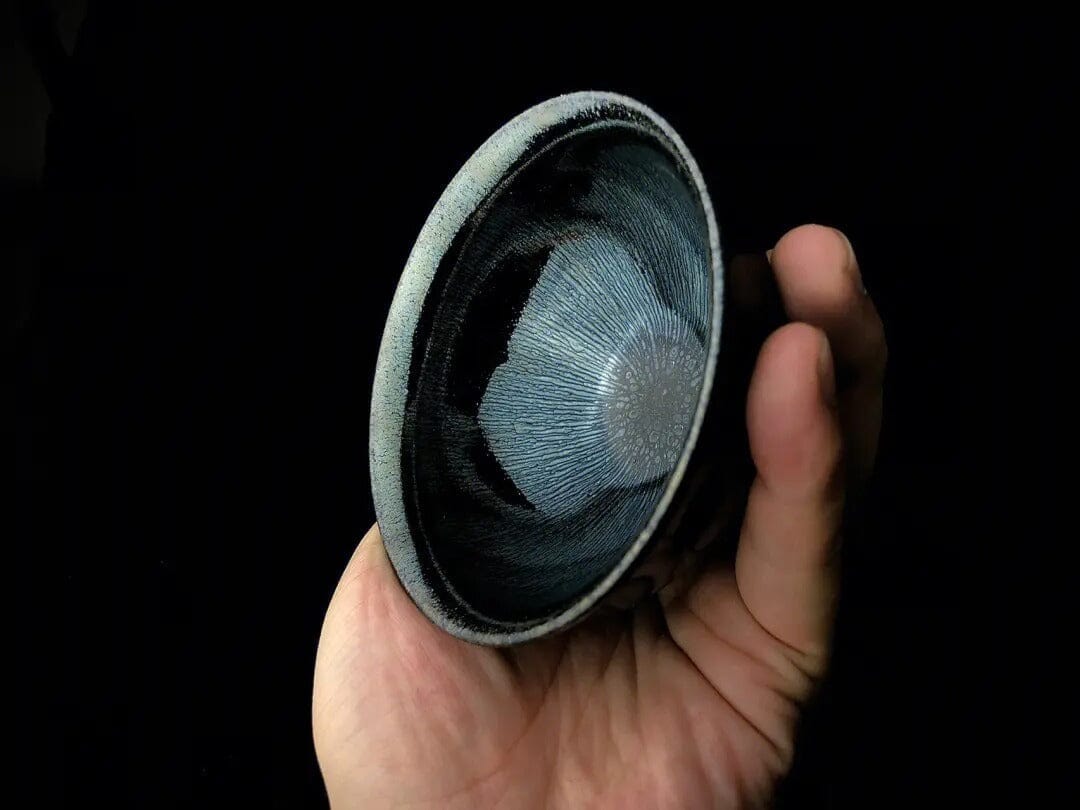
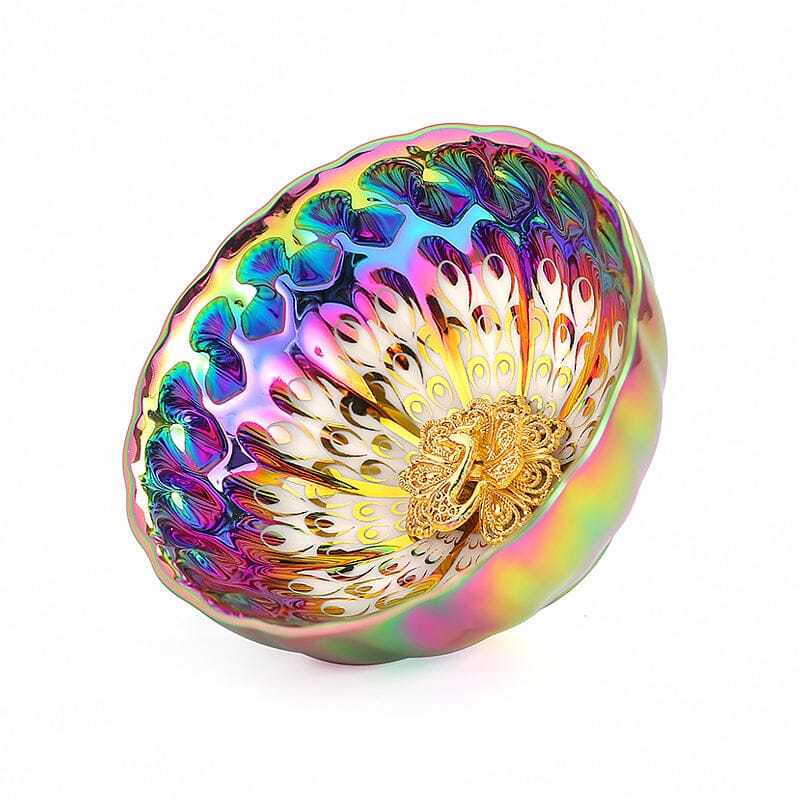


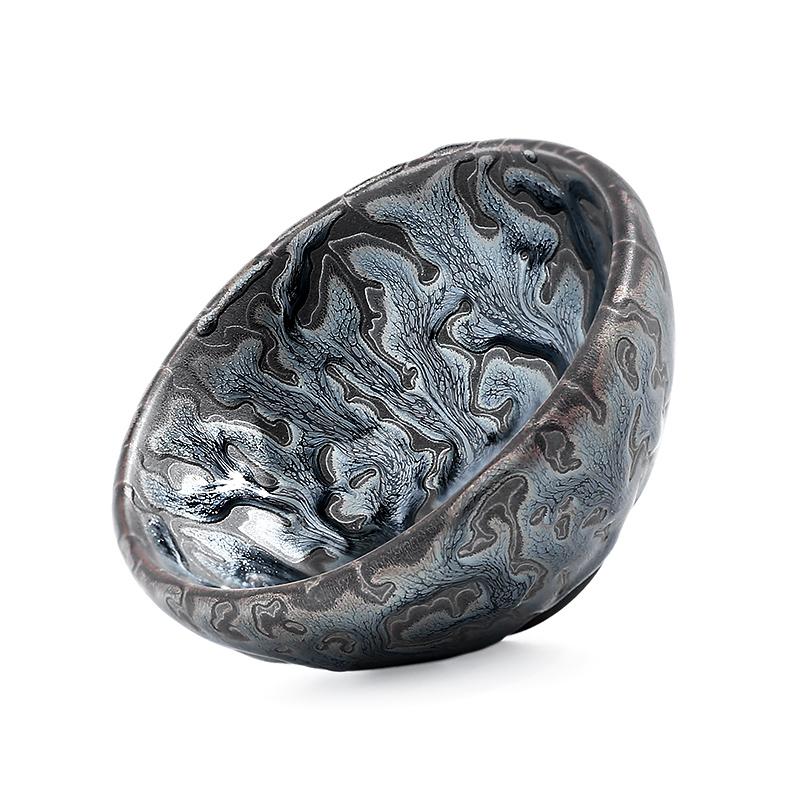
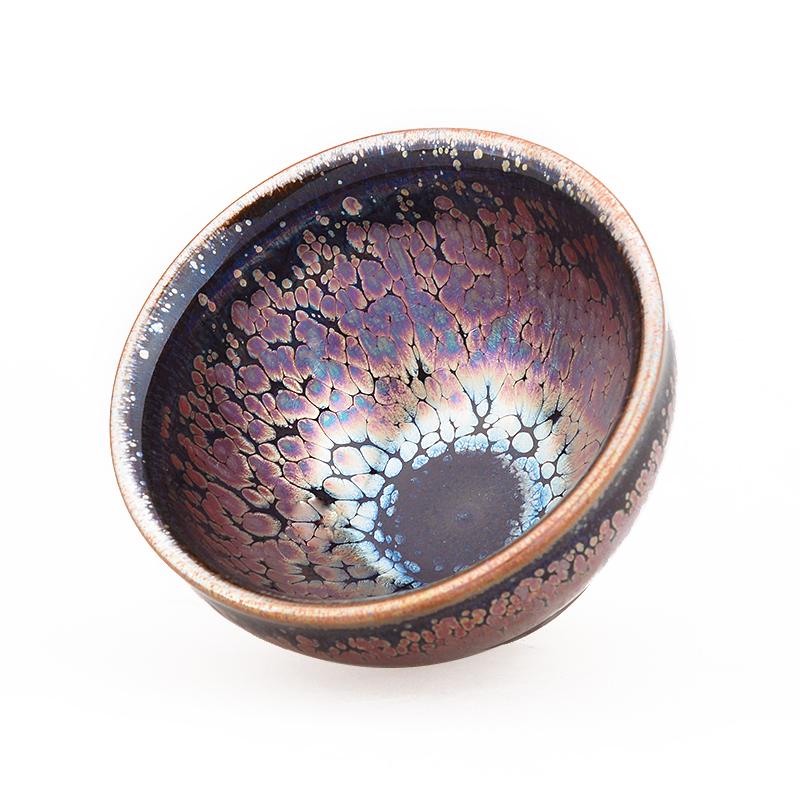
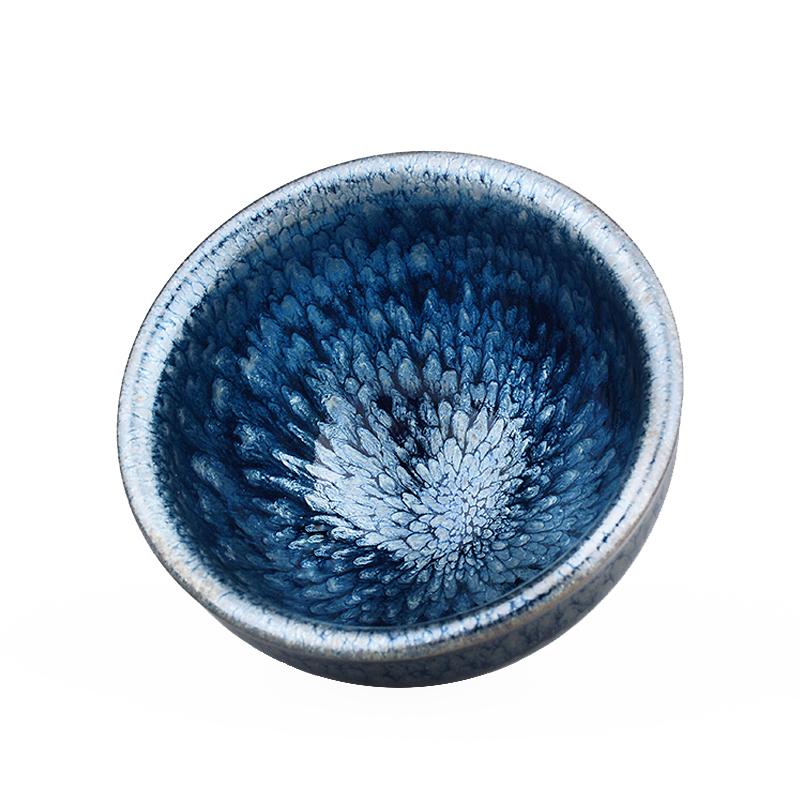
Share:
Analysis of 'Gong Yu' on Song Dynasty Tenmoku Cups: Five Perspectives
Song dynasty's Tenmoku tea bowls: "tuhao" or "oil drop" pattern favored?